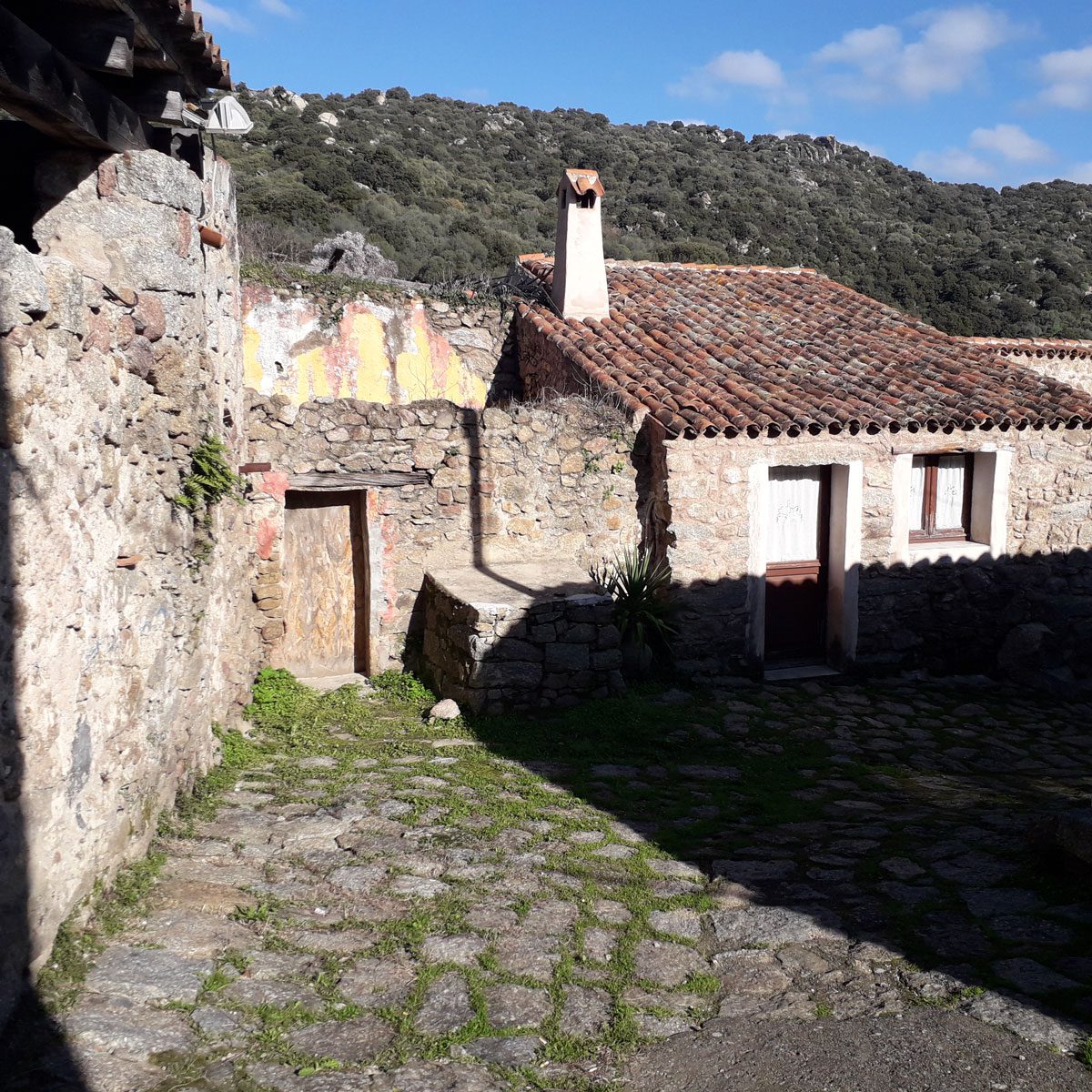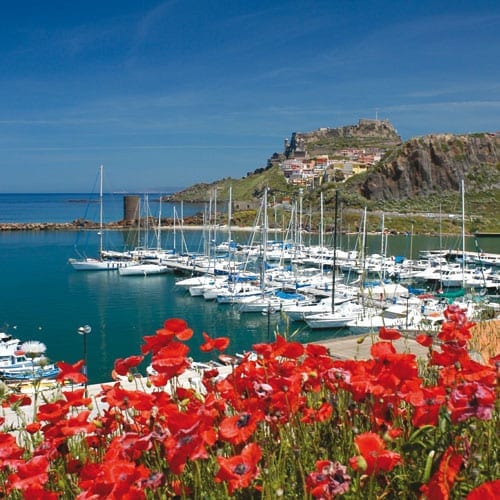 Sadali
Sadali
In the Wilds of Barbagia
municipality of SADALI
(Province of Sud Sardegna)
Altitude
m. 768 s.l.m.
population
983
turist information
Coop. Le Tre Fate
Tel. 320 6253278
www.comune.sadali.ca.it
www.escursionisadali.it

Sadali rises on a limestone plateau in the Barbagia di Seulo region, in the hinterland of Sardinia. The largely mountainous region is called the island within the island for the peculiarity of its wild and alien-like landscapes. The borgo’s narrow cobblestone streets, lined with ancient houses, suddenly leave space for wide views over the valley of the Flumendosa river. Oak forests and Mediterranean scrub surround the borgo, whose varied territory has been inhabited since the Nuragic era: fragments of pottery dating back to the prehistoric and Roman eras were found at the nearby Nuraghe Accodulazzo. Sadali is the only borgo in Sardinia with a waterfall in the town centre, the San Valentino waterfall, fed by perennial springs. It gets its name from the nearby ancient Church of San Valentino, around which the borgo was built, before 1335. You can admire the force of the water as it runs along a green crag and flows into an underground precipice known as Sa Bucca Manna, the great mouth. In feudal times, the force of the water activated 8 mills. One of the water mills has been restored, built in the 17th century; it was used for over two hundred years for the grinding of wheat and is now open to the public. The very old Church of San Valentino has gone through four distinct periods, from the Romanesque to the last restoration works in 1996, which brought to light a Roman kiln used for firing bricks, completely intact.
Speciality dishes include: Is culurgionis, a ravioli filled with potatoes, mint, garlic, and fresh pecorino; i Suspirus: balls made of sugar, almonds and egg whites; pardulas: pastries filled with fresh cheese and saffron.
- Is Foghidonis, January: the festival officially marks the start of Carnival, with a bonfire in honour of Sant’Antonio and San Sebastiano, theatre, music, and dancing. The traditional local costumes of Urtzu and Pimpirimponi make their first appearance for the season.
- Festa di San Valentino, 6th October: The festival of the borgo’s patron saint is celebrated not on February 14 but on October 6, with a religious procession of the saint’s statue. Those looking for love participate in the ritual of shaking the saint, scuttulai su santu.









